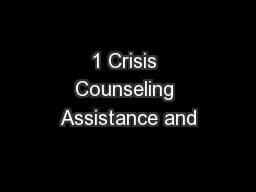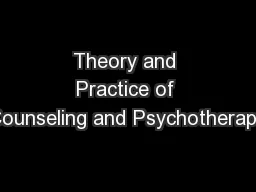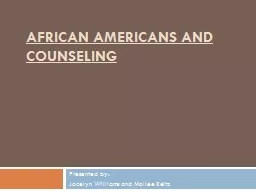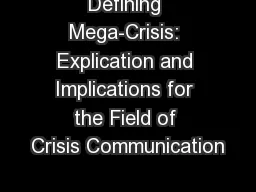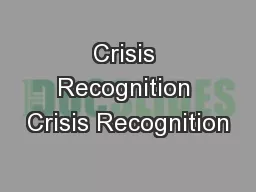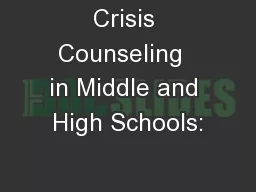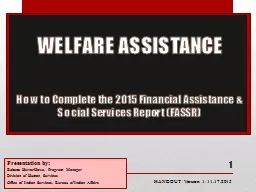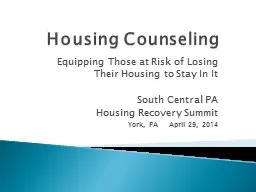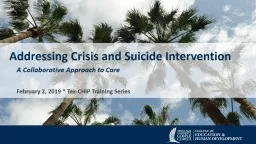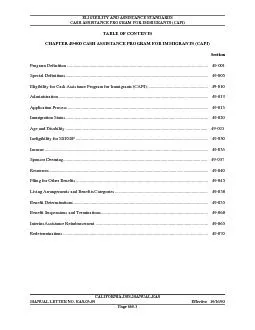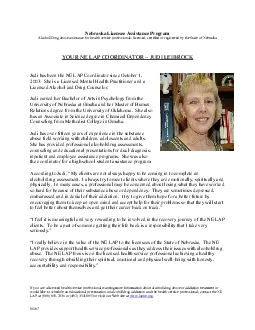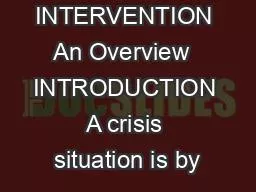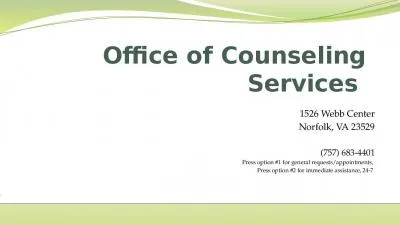PPT-1 Crisis Counseling Assistance and
Author : liane-varnes | Published Date : 2018-10-31
Training Program CCP Regular Services Program RSP Phasedown Training Revised 22013 2 Introductions Please introduce yourself by sharing the following Your name Your
Presentation Embed Code
Download Presentation
Download Presentation The PPT/PDF document "1 Crisis Counseling Assistance and" is the property of its rightful owner. Permission is granted to download and print the materials on this website for personal, non-commercial use only, and to display it on your personal computer provided you do not modify the materials and that you retain all copyright notices contained in the materials. By downloading content from our website, you accept the terms of this agreement.
1 Crisis Counseling Assistance and: Transcript
Download Rules Of Document
"1 Crisis Counseling Assistance and"The content belongs to its owner. You may download and print it for personal use, without modification, and keep all copyright notices. By downloading, you agree to these terms.
Related Documents

